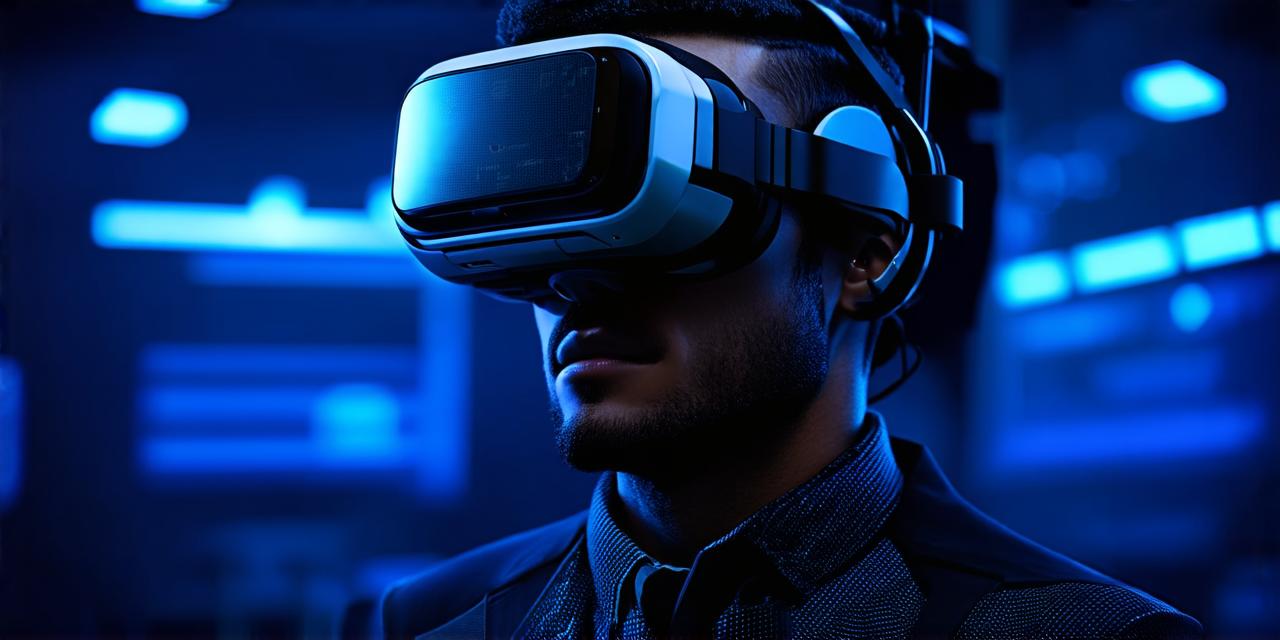
What is AR and VR?

AR (Augmented Reality) and VR (Virtual Reality) are two of the most popular technologies in the digital age. While they share some similarities, there are also significant differences between AR and VR.
Table of Contents
ToggleWhat is AR?
AR is a technology that enhances or “augments” the real world by overlaying digital information on top of it. This information can include images, videos, animations, and more. AR technology allows users to interact with this digital information in real-time, creating an immersive experience that blends the physical and virtual worlds together.
AR has a wide range of applications across various industries, including gaming, education, healthcare, and marketing. For example, in gaming, AR allows players to experience interactive games on their mobile devices or tablets in real-world environments. In education, AR can be used to enhance textbooks or history books by allowing students to interact with digital models of historical landmarks or artifacts. In healthcare, AR can be used for surgical procedures, allowing doctors to view 3D models of a patient’s anatomy in real-time.
What is VR?
VR, on the other hand, is a technology that creates a completely virtual environment for users. This means that users are fully immersed in a digital world and do not see the real world around them. VR technology typically requires specialized equipment such as headsets or goggles, gloves, and motion controllers.
VR has also been used across various industries, including gaming, education, healthcare, and entertainment. In gaming, VR allows players to experience a fully immersive game environment that responds to their movements in real-time. In education, VR can be used for virtual field trips or simulations of historical events. In healthcare, VR can be used for pain management or therapy by creating a relaxing virtual environment for patients.
Differences between AR and VR
The main difference between AR and VR is that AR enhances the real world while VR creates a completely artificial world. AR technology provides users with an overlay of digital information on top of the real world, allowing them to interact with both worlds simultaneously. VR, on the other hand, fully immerses users in a virtual world, blocking out the real world from view.
Another difference between AR and VR is the level of interaction that users have with their environment. In AR, users can interact with digital information in real-time, but they cannot physically touch or manipulate it. In VR, users can interact with virtual objects in a similar way to how they would interact with real-world objects, but they are not physically touching anything real.
Conclusion
In conclusion, AR and VR are two powerful technologies that have the potential to revolutionize the way we interact with digital information. While both technologies share some similarities, they also have significant differences in terms of how they work and their applications. Whether you’re a gamer, educator, or healthcare professional, there is likely an AR or VR technology that can be used to enhance your experience in some way. As these technologies continue to evolve, we can expect to see even more innovative uses for AR and VR across various industries.

